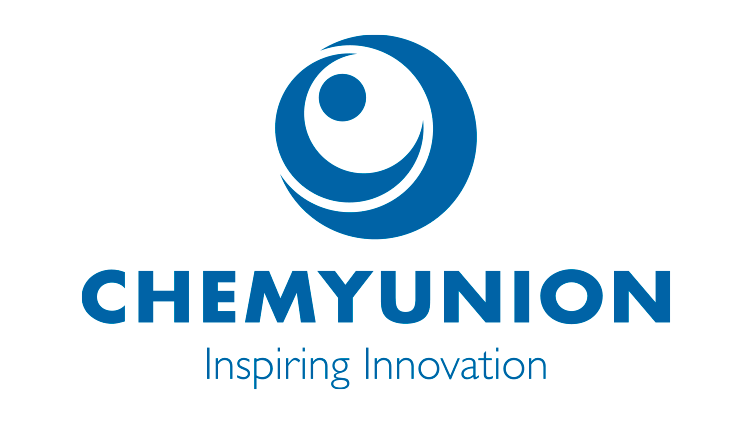Promotional Features
New unique tripeptide for sebum control for all ages skin
Oily skin is a condition that affects about 35% of both men and women around the world. Despite it having minimal impact on skin physiology, excessive sebum production can cause great discomfort to those affected[1]. Oily skin leads to signs such as intense shine and dilated pores, while also contributing to the development of acne[2]. In addition, according to studies, the consequences of excessive sebum have an emotional and social impact on those affected, like feelings of unattractiveness, embarrassment, irritation, and frustration[3].
Even though the demand for facial care products with sebum control has been increasing, the vast majority of active ingredients on the market act by inhibiting the 5α-reductase enzyme, which converts testosterone into an even more potent metabolite, dihydrotestosterone, an androgen hormone that regulate sebogenesis[4]. However, a number of studies indicate that 5α-reductase inhibitors may not be able to significantly reduce sebum production[5,6].
Recent studies have discovered there is another pathway that substantially regulates sebum production, which is related to the melanocortin 5 receptor (MC5R). This protein is specifically expressed in the differentiated sebocyte and its structure and location in the cell membrane allow it to be a true signal transducer, which responds to the extracellular presence of an antagonist. These studies demonstrated that MC5R blockade is capable of reducing sebum production in primary sebocyte cultures[7].
Furthermore, traditional ingredients for sebum control (which act by inhibiting 5α-reductase enzyme) limit treatment to young people, between puberty and 30 years old, when androgen hormones are at their peak production. From the age of 35 onwards, there is a continuous decrease in the rate of free testosterone[8], indicating that triggering excessive sebum production for them is much more related to an alternative pathway.
The three-dimensional structure of the MC5R had not so far been experimentally explained. So, Chemyunion developed its own structure through molecular modeling techniques – homology modeling and virtual structure-based screening – for the selection of sebogenesis inhibitors to be further tested by in vitro methods. Starting from an initial universe of about 300 thousand candidate molecules, Chemyunion arrived at the safest and most potent of them, Peptid4 S-Control, a new synthetic tripeptide that reduces and controls skin oiliness by blocking the melanocortin 5 receptor (MC5R) for all age skin.
Peptid4 S-Control can control sebum production with immediate and long-lasting results, in addition to providing visible pore reduction. The ingredient meets vegan requirements and has 99.00% Natural Origin Contents (as per ISO 16128/2016 definitions).
In the preliminary clinical study, Peptid4 S-Control reduced the average oiliness of the volunteers' skin by 15% in just 4 hours after the first application and around 30% after 14- and 28-days treatment.
Oil reduction and control
In vivo study
Pores reduction
Pores were evaluated in the nose and cheek region (zone) by using Bio 3D Structured-light Scanner and Peptid4 S-Control significantly reduced (p < 0001) by 5% the pore area after 28 days of treatment. The effect of Peptid4 S-Control was superior compared to the Benchmark.
1- Segot-Chicq E, Compan-Zaoutai D, Wolkenstein P, Consoli S, Rodary C, Delvigne V, et al.: Development and validation of a question- naire to evaluate how a cosmetic product for oily skin is able to improve well-being in women. JEADV 2007, 21:1181-1186.2- Rizer RL: Oily skin: claim support strategies. In Cosmetics: con- trolled efficacy studies and regulation Edited by: Elsner P, Merk HF, Mai- bach HI. New York: Springer; 1999:81-91.3- WU, Y. et al. A preliminary investigation of the impact of oily skin on quality of life and concordance of self‐perceived skin oiliness and skin surface lipids (sebum). International Journal of Cosmetic Science, v. 35, n. 5, p. 442-447, 2013.4- THODY AJ, COOPER MF, BOWDEN PE, MEDDIS D, SHUSTER S. Effect of α-melanocyte-stimulating hormone and testosterone on cutaneous and modified sebaceous glands in the rat. Journal of Endocrinology, v.71, n.3, p.279-288, 1976.5- FISCHER H, FUMICZ J, ROSSITER H, NAPIREI M, BUCHBERGER M, TSCHACHLER E, ECKHART L. Holocrine secretion of sebum is a unique DNase2-dependent mode of programmed cell death. Journal of Investigative Dermatology, v.137, n.3, p.587-594, 2017.6- LEYDEN J, BERGFELD W, DRAKE L, DUNLAP F et al. A systemic type I 5α-reductase inhibitor is ineffective in the treatment of acne vulgaris. Journal of the American Academy of Dermatology, v.50, n.3, p.443-447, 2004.7- EISINGER M, LI WH, ANTHONAVAGE M, PAPPAS A, ZHANG L, ROSSETTI D, HUANG QL, SEIBERG M. A melanocortin receptor 1 and 5 antagonist inhibits sebaceous gland differentiation and the production of sebum-specific lipids. Journal of Dermatological Science, v.63, p.23-32, 2011.8- EISINGER M, LI WH, ANTHONAVAGE M, PAPPAS A, ZHANG L, ROSSETTI D, HUANG QL, SEIBERG M. A melanocortin receptor 1 and 5 antagonist inhibits sebaceous gland differentiation and the production of sebum-specific lipids. Journal of Dermatological Science, v.63, p.23-32, 2011.




